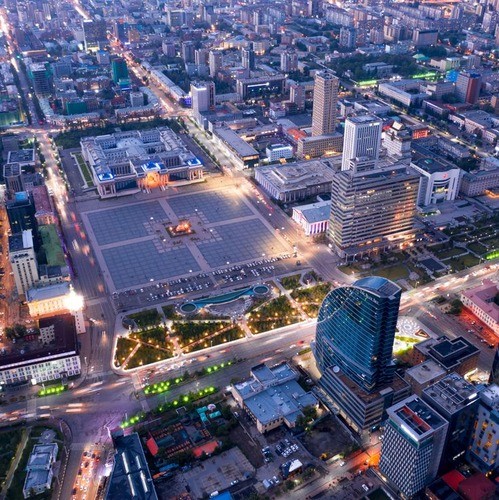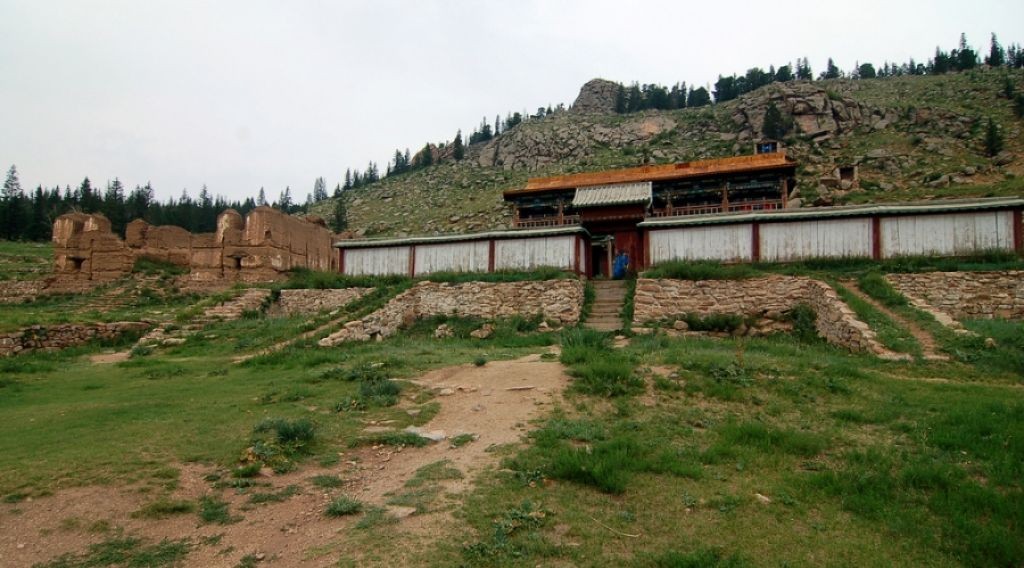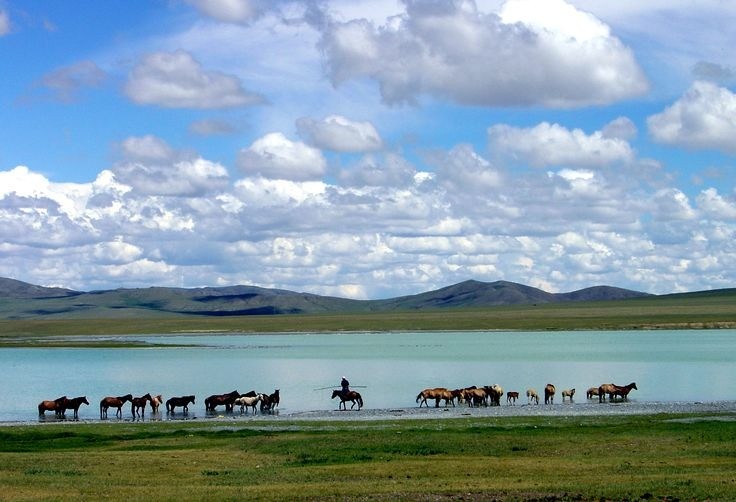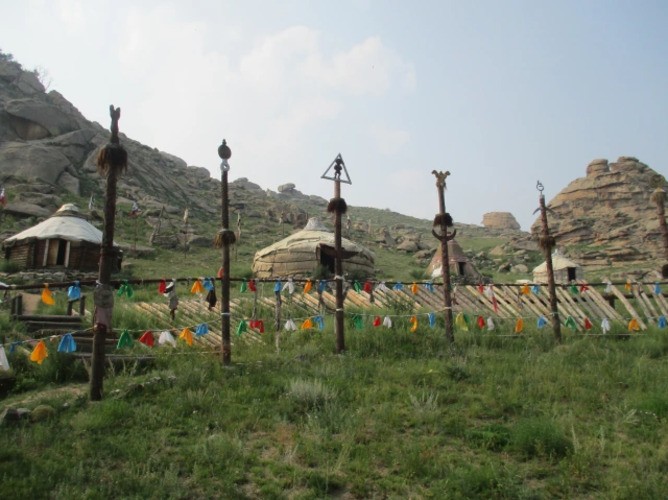
Ulaanbaatar (Ulanbator) is the capital and largest city of Mongolia, located in north-central Mongolia at the confluence of the Tuul River and the surrounding mountainous steppe. It is Mongolia’s political, cultural, and economic center, famous for blending modern urban life with traditional nomadic heritage. The city is the gateway to national parks, historical sites, and nomadic experiences across Mongolia.
Facts
Location
Located in north-central Mongolia.
Capital
Founded in 1639, Ulaanbaatar began as a nomadic Buddhist monastic center before becoming a permanent capital in 1778.
Half Population
With over 1.5 million residents, Ulaanbaatar is home to nearly half of Mongolia’s population.
Harsh Climate
The city sits at an altitude of 1,310 meters (4,300 ft), giving it a continental climate with cold winters and warm summers.
Highlights
About the Ulaanbaatar
Ulaanbaatar is the capital and largest city of Mongolia, it is the coldest capital city in the world by average yearly temperature. It became a key religious, commercial, and political hub, eventually serving as the center of Mongolia’s independence movements in 1911 and 1921. The city was renamed Ulaanbaatar (“Red Hero”) in 1924 when it became the capital of the Mongolian People’s Republic.
Today, Ulaanbaatar is Mongolia’s cultural, political, and economic heart, with a mix of Soviet-era architecture, modern high-rises, and sprawling ger districts. The city is divided into nine districts, governed independently from the surrounding Töv Province, and serves as the main hub for transport, commerce, and government in Mongolia.
The Story of Ulaanbaatar
Originally founded as a mobile Buddhist monastery town in 1639, Ulaanbaatar—then called Örgöö—relocated multiple times across the Mongolian steppe in accordance with seasonal needs, political pressures, and the availability of resources. By 1778, the town settled at its present site, strategically positioned along important trade routes connecting northern and southern Mongolia, near the Tuul River, and close to vast grazing lands.
Why You Should Visit This Place
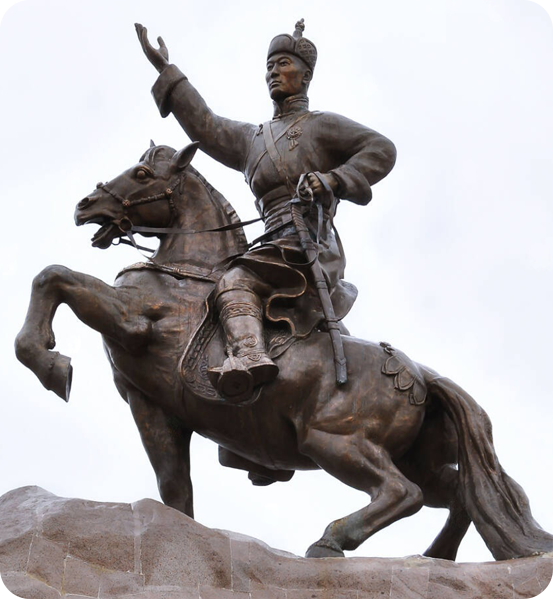
Cultural Hub: Experience Mongolia’s rich history, Buddhist traditions, and nomadic culture all in one vibrant city. Ulaanbaatar offers museums, temples, and cultural centers that showcase the country’s unique heritage.
Historic Sites: Explore ancient monasteries, museums, and monuments that tell the story of Mongolia’s past. Each site offers insight into the nation’s religious, political, and social history.
Gateway to Nature: The city serves as a convenient base for trips to nearby national parks, mountains, and scenic landscapes. From Bogd Khan Uul to Gorkhi-Terelj, adventure and natural beauty are just a short drive away. Urban-
Nomadic Blend: Witness modern city life alongside traditional ger districts and bustling open-air markets.
Best Time to Visit
Frequently Asked Questions
Yes, it is generally safe. Standard precautions apply: avoid poorly lit areas at night and watch your belongings in crowded markets.
Taxis are convenient; buses and trolleybuses are cheap but can be crowded. Many tourist sites are within walking distance in central districts.
Bogd Khan Mountain: ~92 km (~2 hours)
Gorkhi-Terelj National Park: ~50–76 km (~1.5–2 hours)
13th Century Theme Park: ~96 km (~2 hours)

